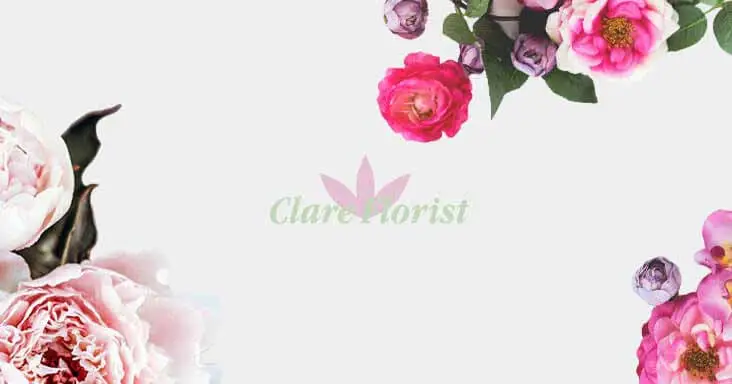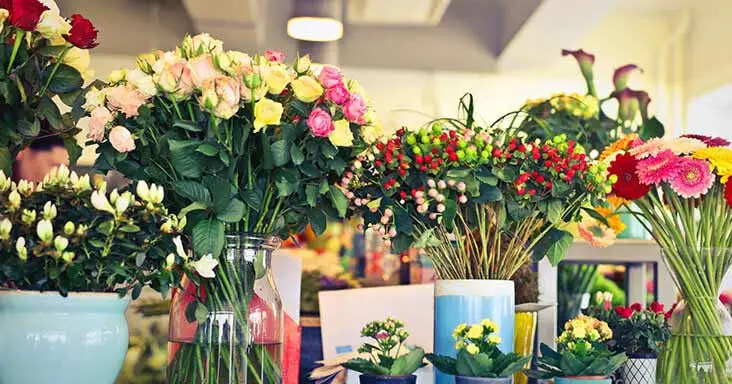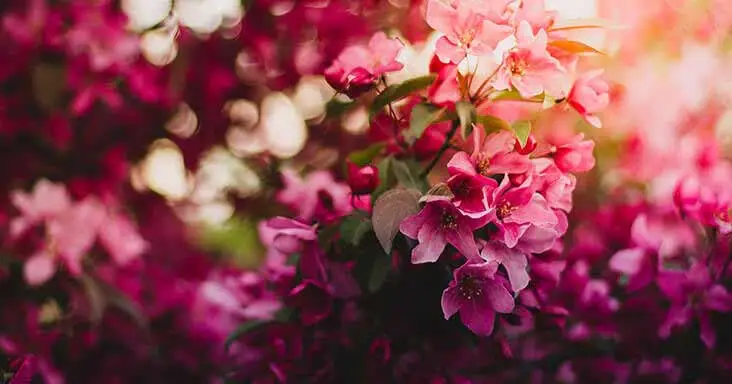Imagine this…
You’re clinging to the side of a cliff among the snow-swirled peaks of the Spanish Pyrenees, one of only two cliffs in the entire world where you’re able to survive. And the only way you have of surviving is to rely on the kindness of three very specific types of Spanish ant.
And you’re 300 years old.
Doesn’t sound like an ideal situation, does it? But these are the precise circumstances in which the Borderea chouardii has to survive. And it’s doing pretty well so far – tough little B. chouardii is an ancient relic, which has been kicking around ever since shortly after the time of the dinosaurs.
But through our new friend B. C. has been surviving in this fashion for millennia, it’s only recently been discovered just how it does it. The brain behind the new discoveries is Maria Garcia, whose ENTIRE LIFE has pretty much revolved around this flower since she was appointed to its study by Aragon council in 1993. Nineteen years of studying a single flower. That, my friends, is commitment.
Not that Garcia’s complaining: she cheerfully says: “it’s not easy fieldwork, I can tell you, but exciting and fun,”
So in 2008 and 2009, Garcia spent hour after hour just watching this little plant, on its isolated Spanish cliff, to find out which insects were pollinating it. And she found that it uses a fascinating system of mutual dependency with three different ant species. Two of these species work as pollinators, carrying pollen from the male to female flowers. Meanwhile another type of ant likes to carry off B. C.’s little yellow seeds. It eats most of them, but also leaves a few lying around. This is how Borderea chouardii spreads its seeds.
With this system in place, B. C. really doesn’t seem to have too bad a life. Yes, it is one of the world’s rarest plants, but it is also uniquely adapted for the environment in which it lives. Provided its two little cliffs hang on in there, and it keeps hanging on to them, and provided that its three species of friendly ant keep on scurrying around, there’s no reason why these flowers – which can each live to 300 years old – shouldn’t just keep on keeping on.
There’s a lesson for all of us in there, probably.



